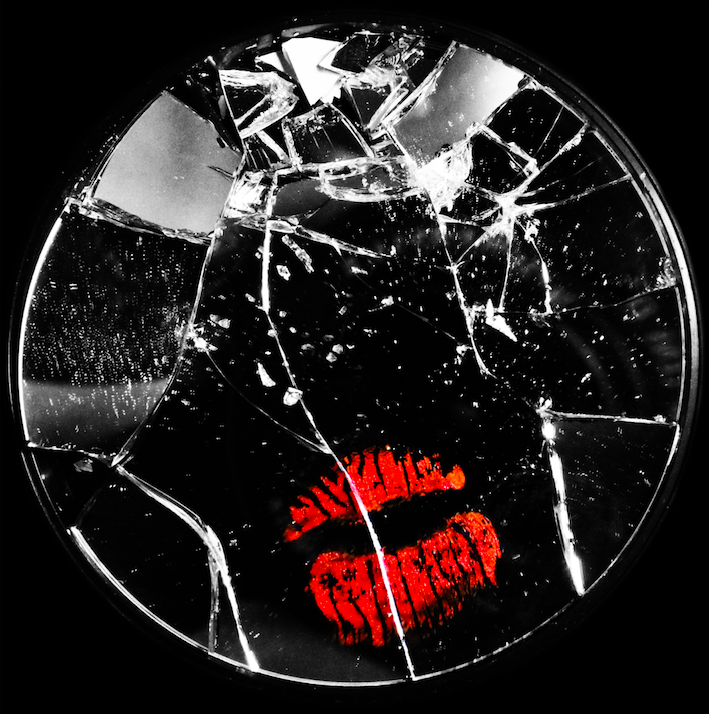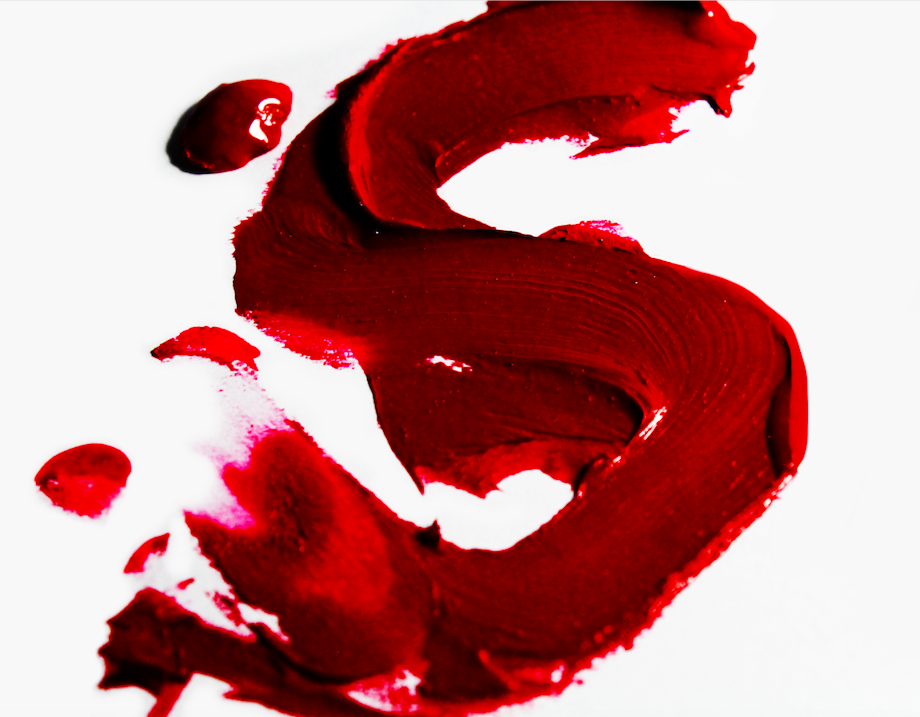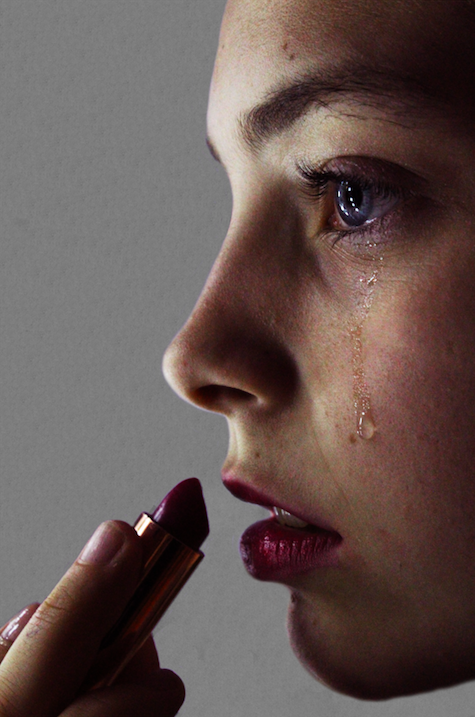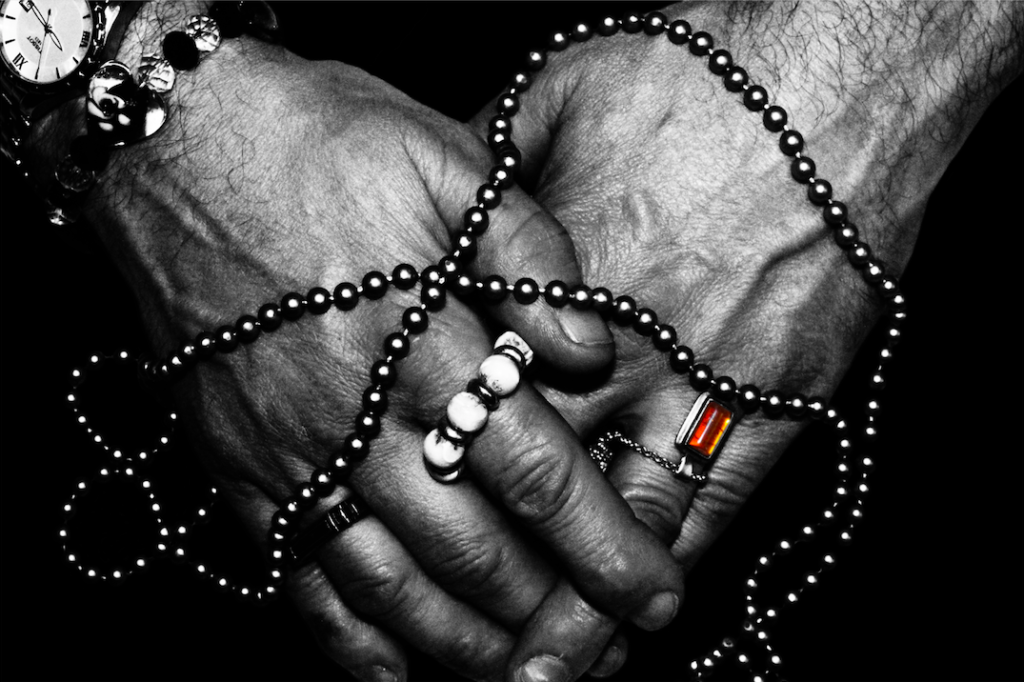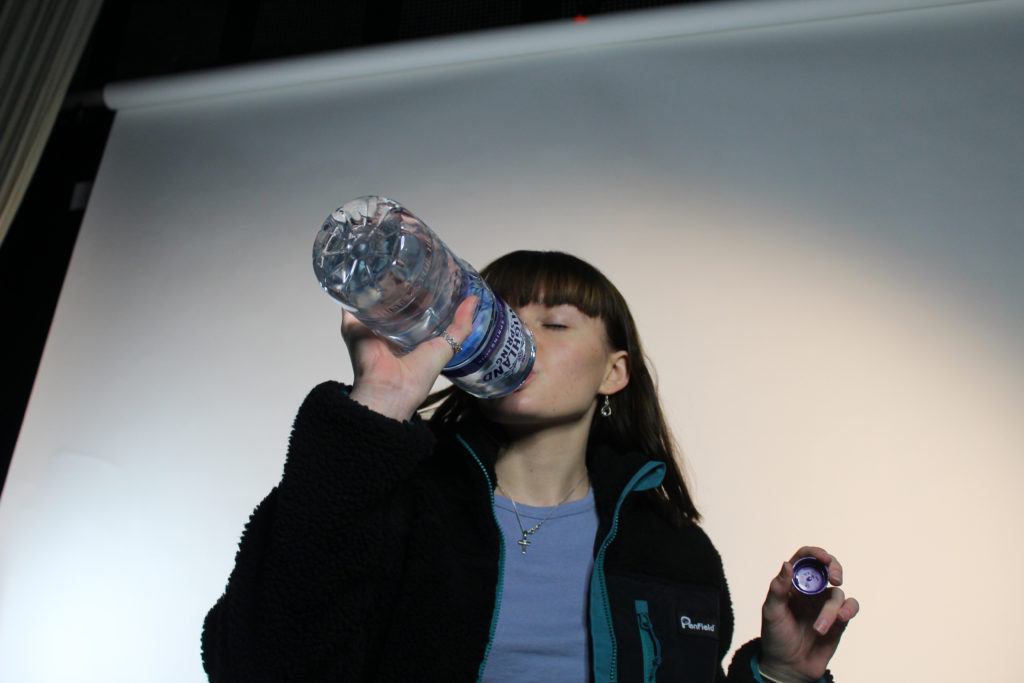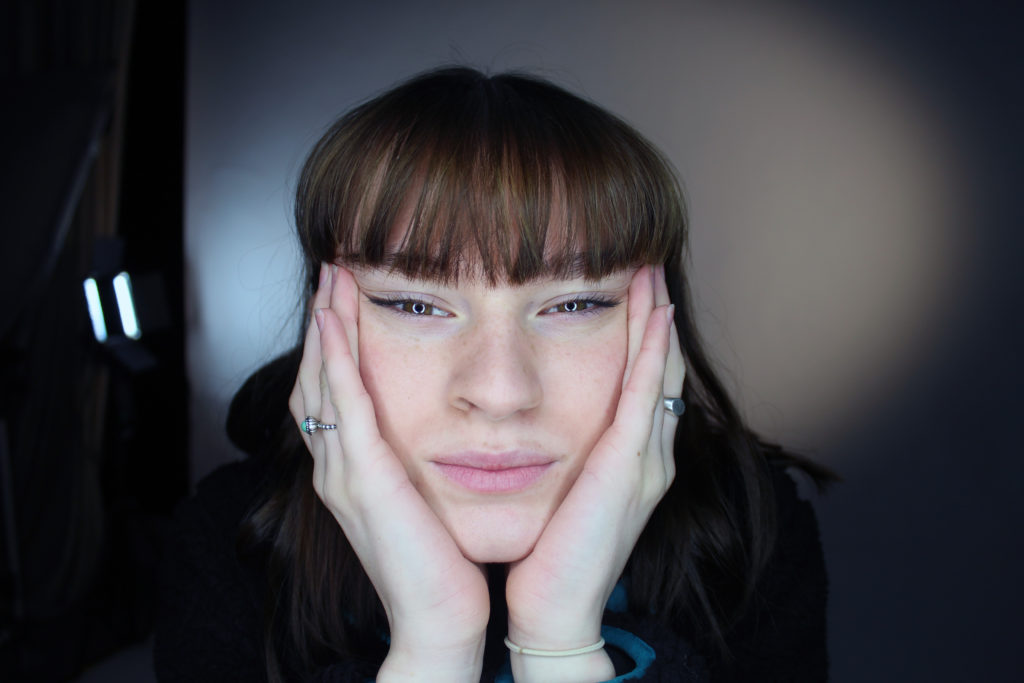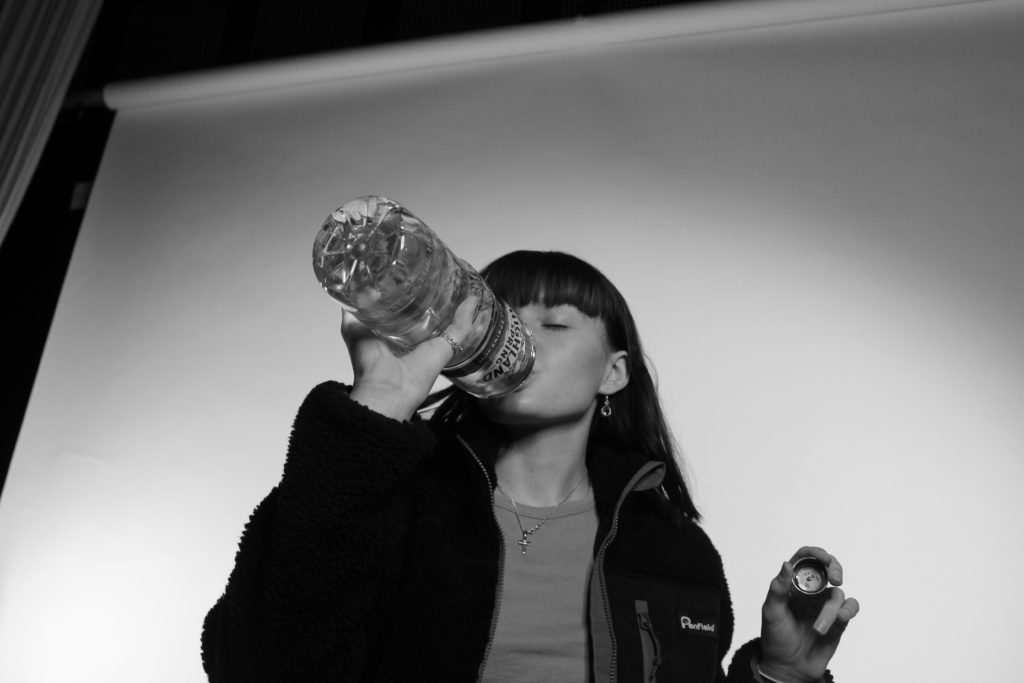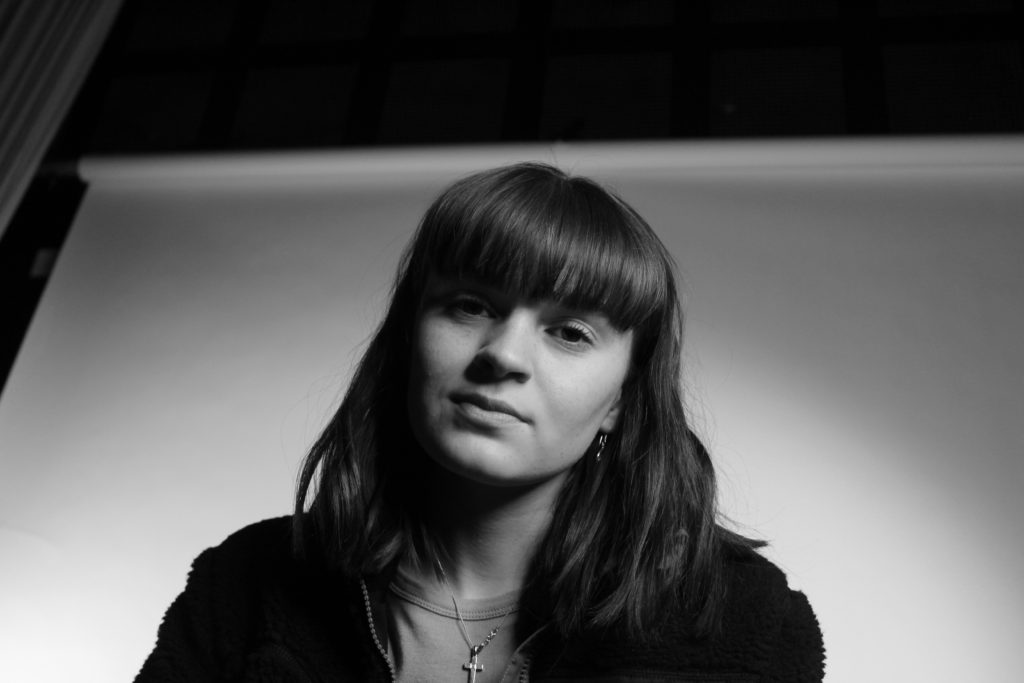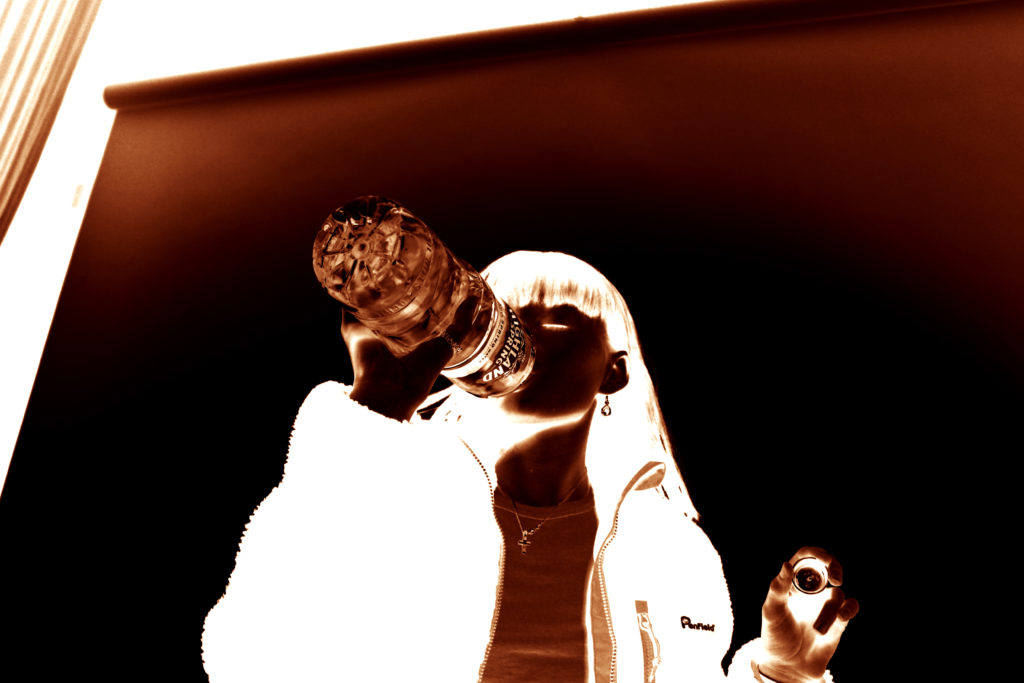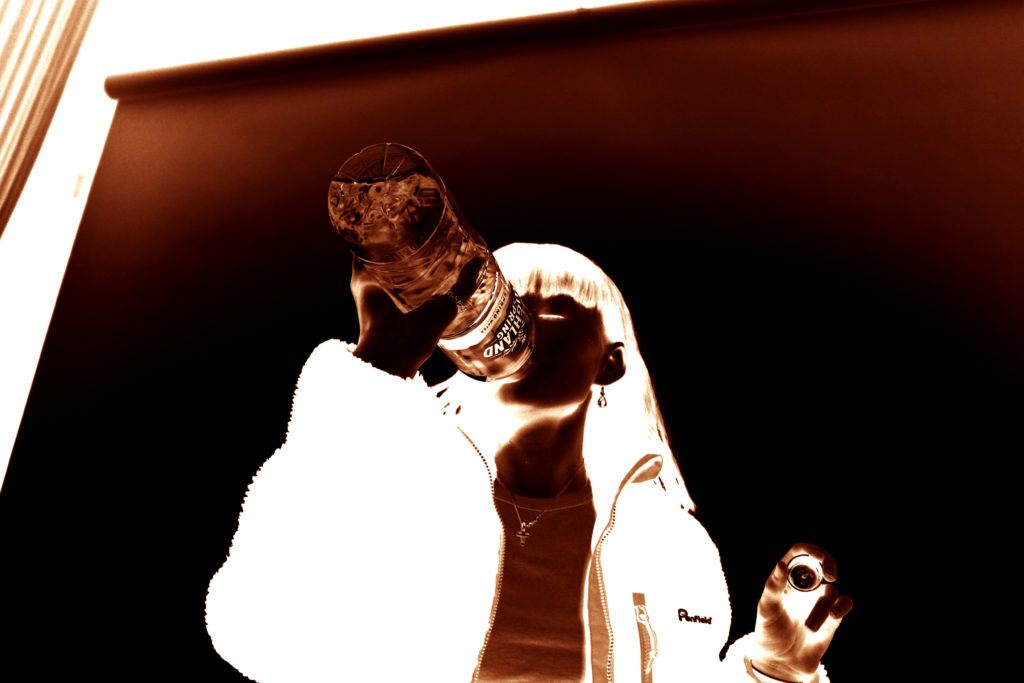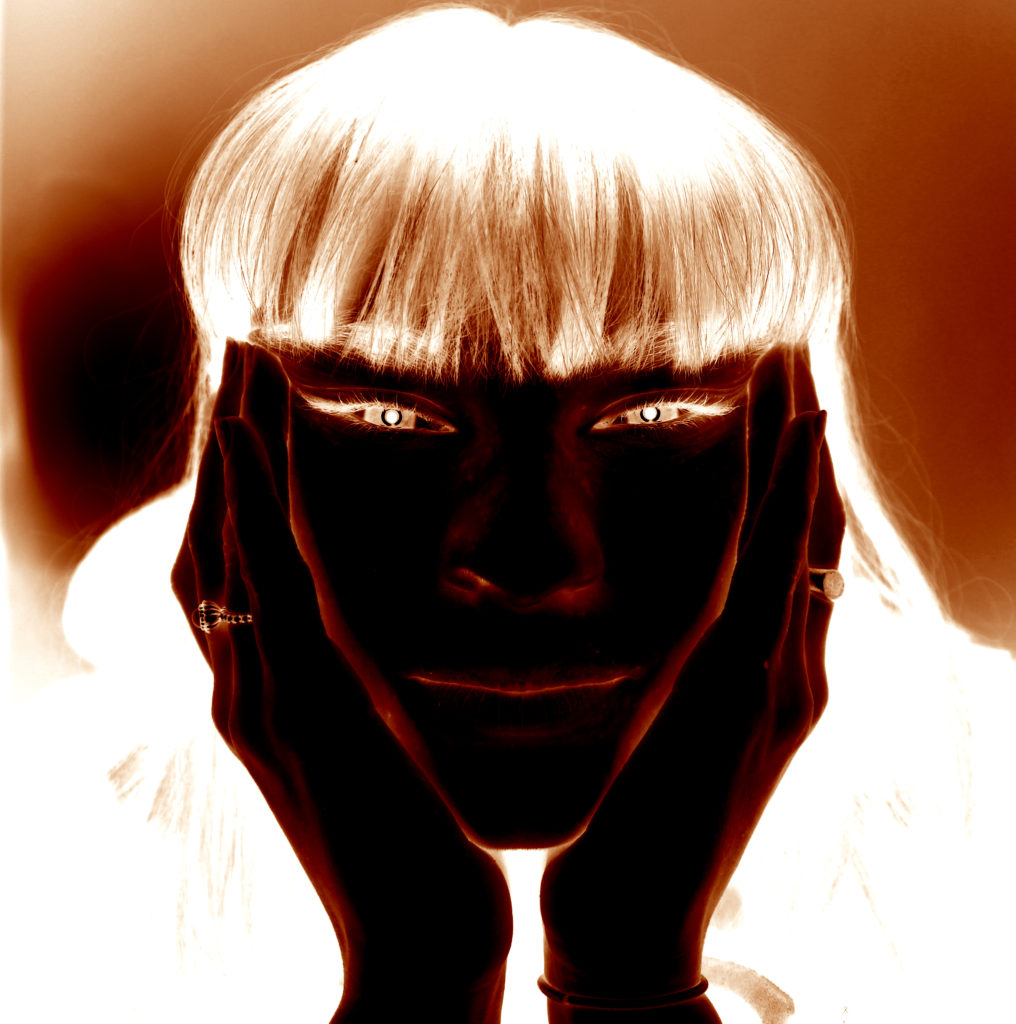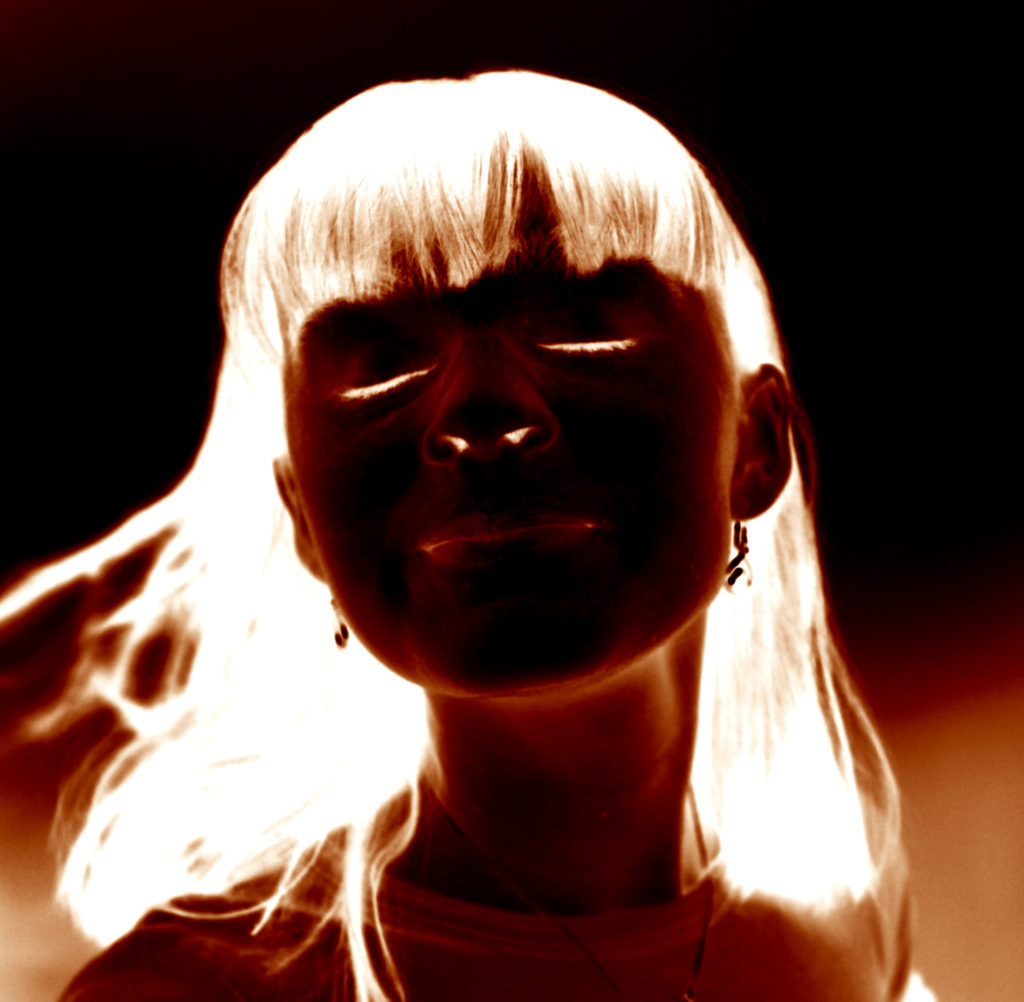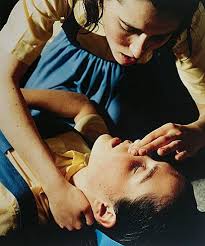War Sand – Donald Weber

- Book in hand: how does it feel? Smell, sniff the paper. – The texture of the paperboard cover feels rough, and the book is slightly heavy.
- Paper and ink: use of different paper/ textures/ colour or B&W or both. – The majority of the images are in colour. However, a few images are black and white. A range of paper is used in the book including smooth, glossy paper, coloured paper (Colours specific to the book include: Green, yellow, pink, and black). Different quality paper is also used, including standard office/printing 80-100 gsm, Quite thick 160-170 gsm
- Format, size and orientation: portraiture/ landscape/ square/ A5, A4, A3 / number of pages. – The majority of the book features large landscape images with white borders. Occasionally, full bleed images are included. The book is A4 and has 371 Pages.
- Binding, soft/hard cover. image wrap/dust jacket. saddle stitch/swiss binding/ Japanese stab-binding/ leperello – Paperborad soft cover. “Perfect bound” book.
- Cover: linen/ card. graphic/ printed image. embossed/ debossed. letterpress/ silkscreen/hot-stamping. – The paperboard cover is debossed with little pictures
- Title: literal or poetic / relevant or intriguing. the title is literal as the book focuses on D-day and the remnants left behind either on a large scale, or mocroscopic level.
- Narrative: what is the story/ subject-matter. How is it told? The book has many sections.
- Structure and architecture: how design/ repeating motifs/ or specific features develops a concept or construct a narrative.
- Design and layout: image size on pages/ single page, double-spread/ images/ grid, fold- outs/ inserts. Many of the images are double page spreads.
- Editing and sequencing: selection of images/ juxtaposition of photographs/ editing process. The book is separated into different sections. These include: the images of the beaches in Normandy, the microscopic images of the sand collected from the beaches, still life images containing figurines in second world war settings, and also a section containing movie stills from war films.
- Images and text: are they linked? Introduction/ essay/ statement by artists or others. Use of captions (if any.) the images and text are linked as they both focus around the D-Day landings.



